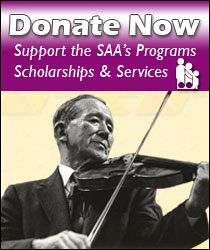As a child growing up, I used to think of history as a collection of dates and facts that had little to do with current practical applications. In other words, history class had nothing to do with anything I was doing at the moment! As citizens in the United States, we were taught landmark dates of national events, such as 1620, 1776, 1812, 1865, 1918, 1929, 1941, etc. It’s interesting to note that five of the seven dates listed are significant because of wars—but I digress.
It wasn’t until I came across the old We Were There book series in a library that I discovered these dates and events had multi-layered contexts. The books were stories about historical events as seen through the eyes of fictional children who interacted with the events. The series introduced me to the idea that history is a record of people in situations that required practical applications. Some of these applications were ground-breaking, some were dismal failures, while the others simply worked. The contextual analysis of past occurrences can contribute to insights about present and future actions, allowing us to avoid the mistakes of the past and capitalize on past successes.
But do we learn from history? Many have waxed philosophical about history and its effects on people. Just Google “historical quotes,” and several well-known (and lesser-known) figures seem to have a lot of pithy things to say. The oft-quoted George Santayana attribution regarding the need to learn from history or you’ll end up repeating it is generally considered an inevitable axiom.
The Suzuki Association of the Americas exists because of a particular regard for the history and contexts of Dr. Suzuki’s pedagogical perspective. Ongoing discussions of this pragmatic approach are the lifeblood of our existence. We have a rich history of wonderful teachers who have embraced Suzuki’s philosophy of education in their own teaching and mentoring. A perusal of the organization’s developmental timeline on our website showcases examples of those amazing leaders that poured into the legacy, and the significant actions they took. Our current Board will be reflecting on this history as we consider a future that supports our critical practical applications.
Some of our teachers have shared their experience studying directly under Dr. Suzuki, Dr. Kataoka, and others at Matsumoto. Those narratives are invaluable resources, especially now that we are more than two decades beyond the accessibility of the founder’s direct instruction. I offer a challenge to those members who experienced direct instruction from Dr. Suzuki, Dr. Kataoka, and others in the developmental phases of the methodology to consider writing about your experiences for the next generations of Suzuki teachers and students. Even the anecdotal comments used during workshops provide contexts that we don’t want to lose to posterity. Share your stories!
Teachers constantly use a “living history” approach when working and reworking individualized instruction. This issue contains a gold mine of practical applications, built upon and deriving from the history of the Suzuki Method—enjoy your rich history!
Register for the Annual General Meeting!
Jul 19, 2024






